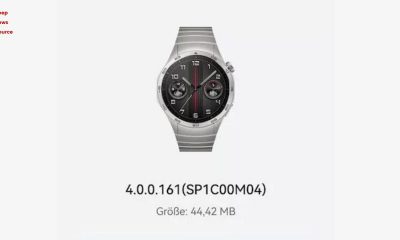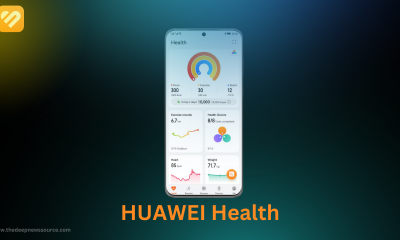Google Search and Discover may welcome new feature
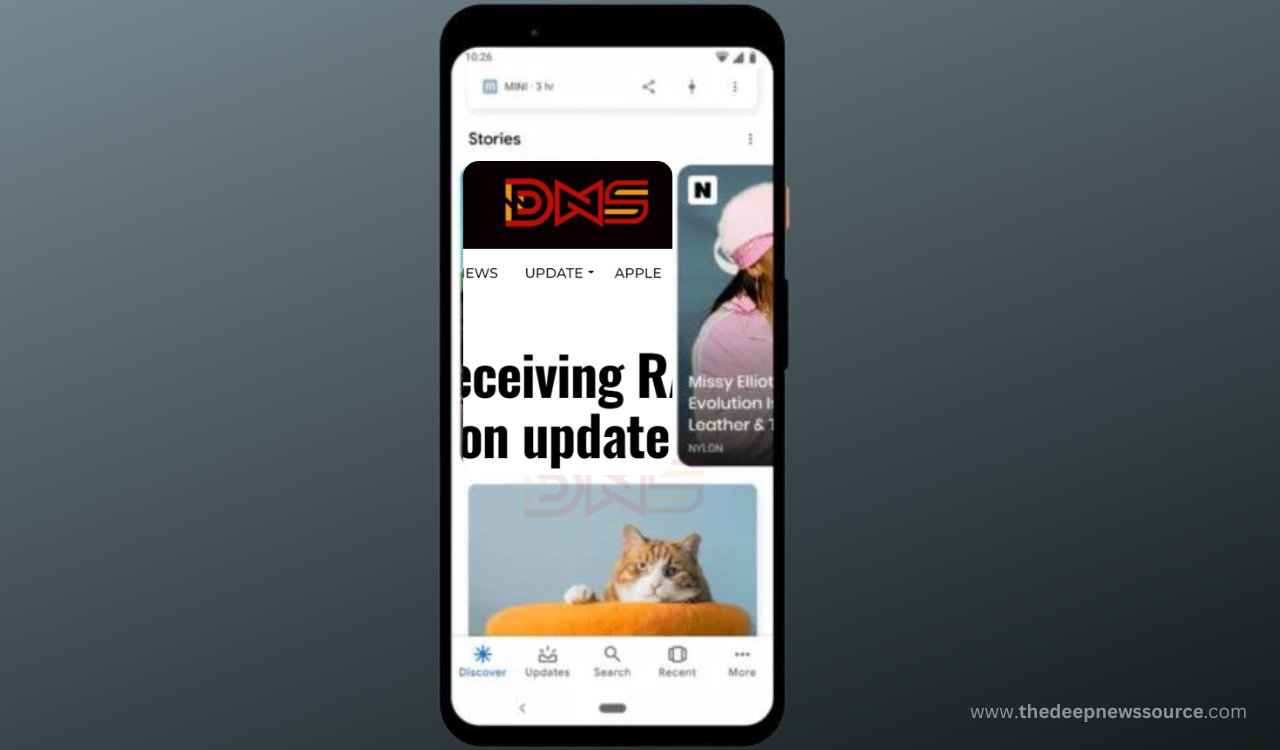
Google recently released a new update for the Google Play Store, which included three new tabs for the Galaxy Watches, TVs, and Car. Now once again, Google has started releasing the minor update for Google Search and Discover.
A minor visual change is visible in Google Search and Discover; in fact, on Android, sites are no longer opened in full screen but rather in a sheet. Let’s figure it out together.
Google Search and Discover no longer open sites in full screen on Android:
When you open a search result or a Discover article on some Pixel smartphones equipped with the beta version 13.37 of the Google app, the websites are no longer displayed in full screen, but in a sheet superimposed on the background, leaving a glimpse of the previous screen. This could be a new Big G method of preserving navigation context, alerting users to the availability of additional search results.
Take a Look:



The wording “Running in Chrome” at the top of the page reminds the user that it is a custom Chrome tab before the page is loaded; once loaded, the Close, Share, Save, and menu buttons are in their canonical position. There is a small bar at the top of the tab; scrolling down returns you to the previous screen, effectively closing the tab you just opened, while scrolling up expands it to full screen, hiding the tab with the Search Results.



The new interface provides slightly less viewing space (until you decide to expand the card), but changes its behavior based on the contents; for example, if you open a video, it will still be displayed on full screen for easier viewing. Because the change does not appear to be widespread at the moment, it could be a test by Google to evaluate a potential future distribution for everyone.
For the more latest news, you can follow us on!
1. Telegram.
2. Google News.
3. Twitter.
Apps
Google Play Update: Remote App Removal GPStore now allows you to remotely uninstall apps

You can now install and uninstall apps on your Android devices remotely using the Google Play Store. For instance, you can log in from your laptop to install apps on your Samsung smartphone. Moreover, the Play Store now lets you uninstall apps from one Android device using another. So, you can easily remove an app from your tablet, smartwatch, or TV directly through the Play Store on your smartphone.
Google has introduced a new feature in the latest Google System Updates, as mentioned in the changelog via 9to5Google. This functionality is now available on Auto, PC, Phone, TV, and Wear platforms. With the latest version of the Play Store (v38.8), you can remotely uninstall apps from any of these devices. The update is being rolled out gradually by Google.
if you can download latest Google Play store V38.8: Click Here
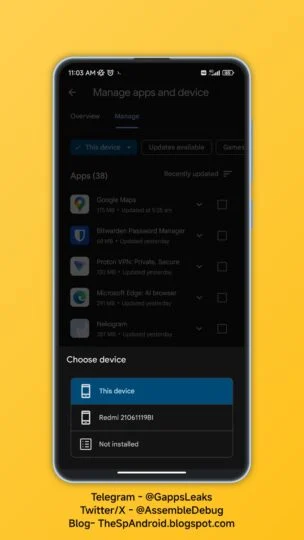
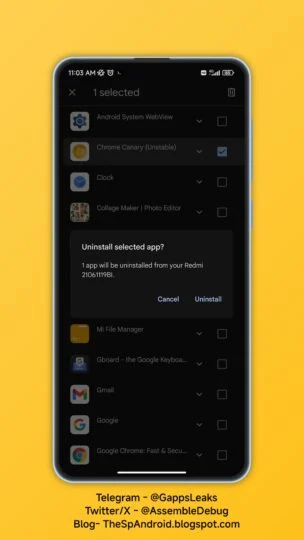
To use the new feature, follow these steps explained by TheSpAndroid:
1. Go to Manage apps & devices > Manage.
2. Click on “✓ This device.”
3. Choose the device from which you want to uninstall apps.
4. The Play Store will display the apps installed on that device.
5. Select the apps you want to uninstall, click the delete icon, and choose Uninstall to remove them from the selected device.
via:- 9to5google
| Telegram | Google News | TwitterX |
Google Pixel 8 Pro Users Report Screen Edge Dots

Some Pixel 8 Pro owners have reported that round bumps have appeared on their screens. Bumps are visible at several places on the screen and it feels as if something is pressing on the bottom of the 6.7-inch OLED screen.
Users reported that this kind of screen protrusion does not affect the use, touch function and image quality, and these protrusions can only be seen in a well-lit environment by constantly adjusting the angle. However, users are worried that these bumps will get worse.
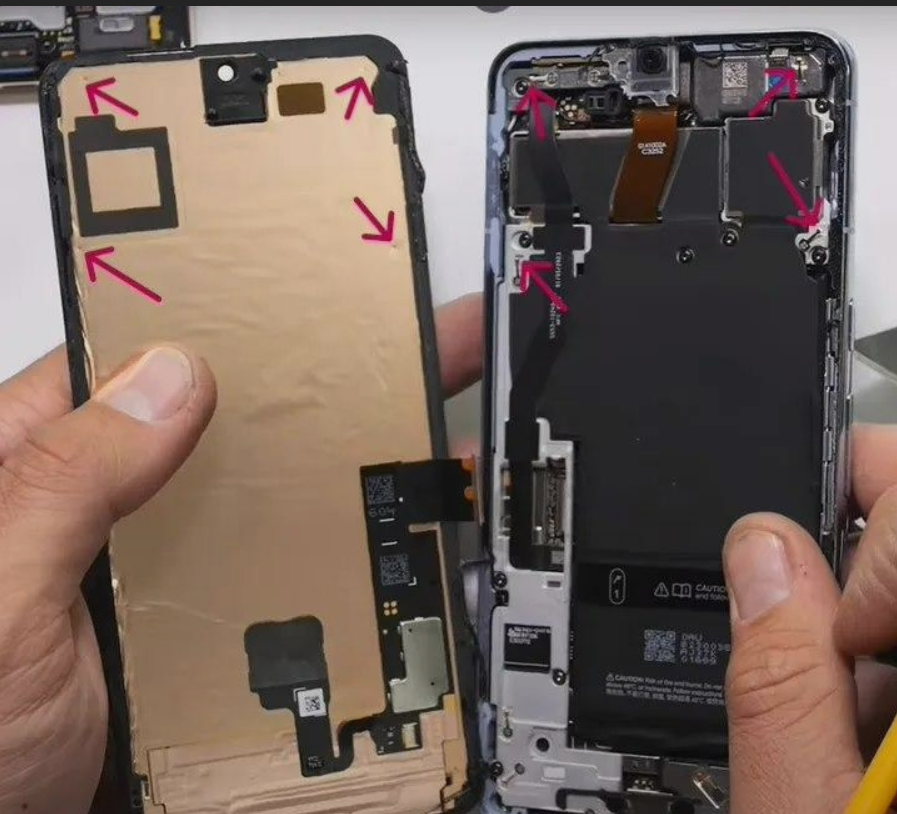
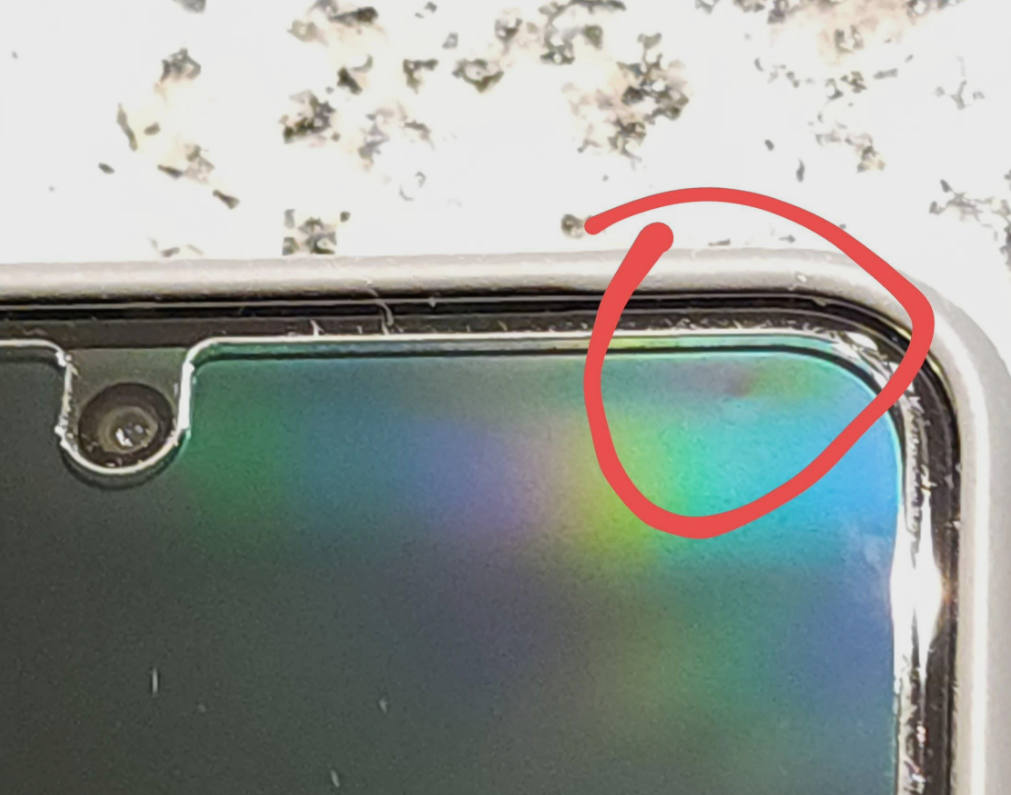
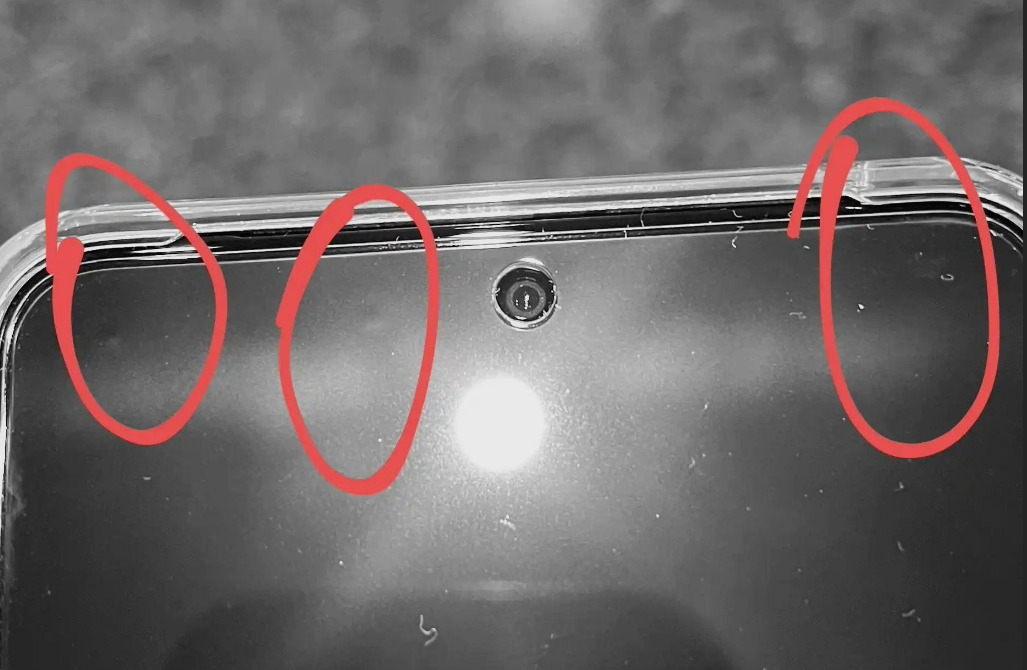
We checked the photos of the problem shared by the Reddit community and X platform users. The bumps are mainly concentrated in the top edge area of the screen. At least dozens of users have reported that the above problem exists, and some have contacted Google to request replacement.
Apps
Download updated version of Google Play Store Apk 38.2.19 [Download Link]

As of 2023, the Google Play Store has solidified its position as the premier app store on a global scale, boasting an extensive catalog of over 2.87 million apps. In the previous year, 2022, the store witnessed a staggering 47 billion app downloads, and the growth trend is anticipated to persist throughout 2023 and beyond.
Google has rolled out an update for their Google Play Store app, taking it to version 38.2.19. This latest update introduces enhancements to the app’s functionality and features, ensuring a more seamless and enjoyable experience for users. To make the most out of your Android device, stay up to date by downloading the newest version of the Google Play Store from the official source.
Google Play Store 38.2.19: [01/11/2023]
| Latest Google Play Store Apk 38.2.19: [01/11/2023] [Download Link] |
- Bug fixes and performance improvements: Google Play Store 38.2.19 also includes a number of bug fixes and performance improvements.
Previous Download Links:-
| Google Play Store Apk 37.4.24[Download Link] |
| Google Play Store Apk 37.3.29] [Download Link] |
| Google Play Store Apk 36.5.21 [Download Link] |
| Google Play Store Apk 36.5.20 [Download Link] |
HOW TO DOWNLOAD GOOGLE PLAY STORE APK V38.2.19
Google Play Store download link is available for Android users through the below link which will redirect you to the most trusted website for Google Play Store download apkmirror. From here when you click you will find yourself on the website of apkmirror and by clicking the download button below you will get the apk file.
Once you have downloaded the file, to install the app, you have to give permission to your device to install the apk file.
Remember, if you’ve allowed downloads from unknown sources, reinstall your security settings.
Join Our PlayStore Google Group On Facebook: Tap Here |




